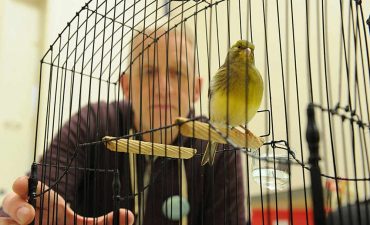Although everyone visits a zoo at least once in their lifetime, not many have wondered about how the animals are transported from different corners of the world to their local zoo. Moving animals are a part of the daily operations of every zoo which is accredited by the AZA or the Association of Zoos and Aquariums. The animal care staff at every zoo is responsible for making sure that the process of moving animals is done carefully and smoothly. Although animals are often moved for different reasons, in most cases it is to add them to a new social group in order to begin breeding as per the recommendations of the AZA.
Recently, a popular zoo set into motion the transfer of two different animals, namely, a Californian seal lion and 2 African spurred tortoises to other zoos. This resulted in making sure that the animal care staff was aware of everything that these moves entailed. It also led to the creation of opportunities at the Park Zoo as well as other institutions for conservation and education. Most zoos also have to deal with moving animals in order to make sure that the animals in the collection have good homes to go to. It involves removing current exhibits and building new ones for new animals that will be coming to the zoo as well.
Since different animal species have different requirements, the zoos have to be able to accommodate to different transportation requirements as well. In most cases, special shipping crates are designed and custom built to make sure that the animals are transported in comfort and are secure as well. It is important to make sure that there is enough space inside the crate so that the animals are not cramped. The crate also needs to be strong enough to withstand shocks during transportation and not break easily.
While bringing new animals to the zoo, most of the officials prefer to have the exhibits up and ready so that the new animals can settle in as soon as possible. Most of these animals are coming from different parts of the planet with completely different environments. This is why staff at the departure point and arrival point needs to interact with one another and create a smooth plan for the animals’ transportation. It is a good idea to look through Animal Transportation Tips put forward by the Association of Zoos and Aquariums to ensure that all the rules are followed to the point.
According to zoo experts, it is a good idea to let the animas get used to their shipping crates a few days before the actual trip. This way they will not be alarmed when they are put into the crate suddenly. Since the travel sometimes tends to be more than a day or two, it is also essential to make sure that the animals are their meals on time to make sure they remain calm during the journey. After all, animals that are scared or hungry are more certain to cause trouble.






